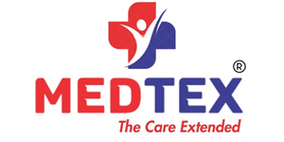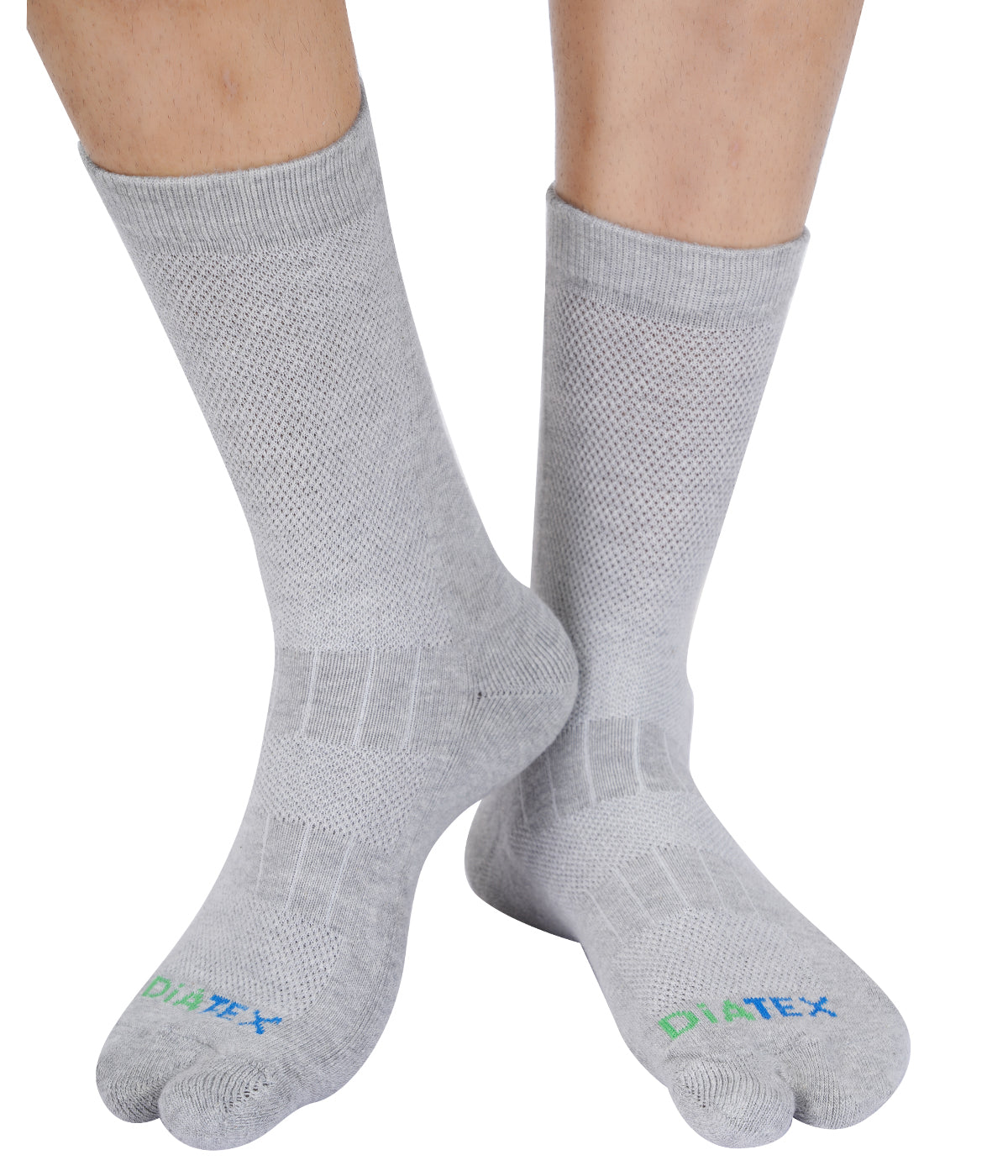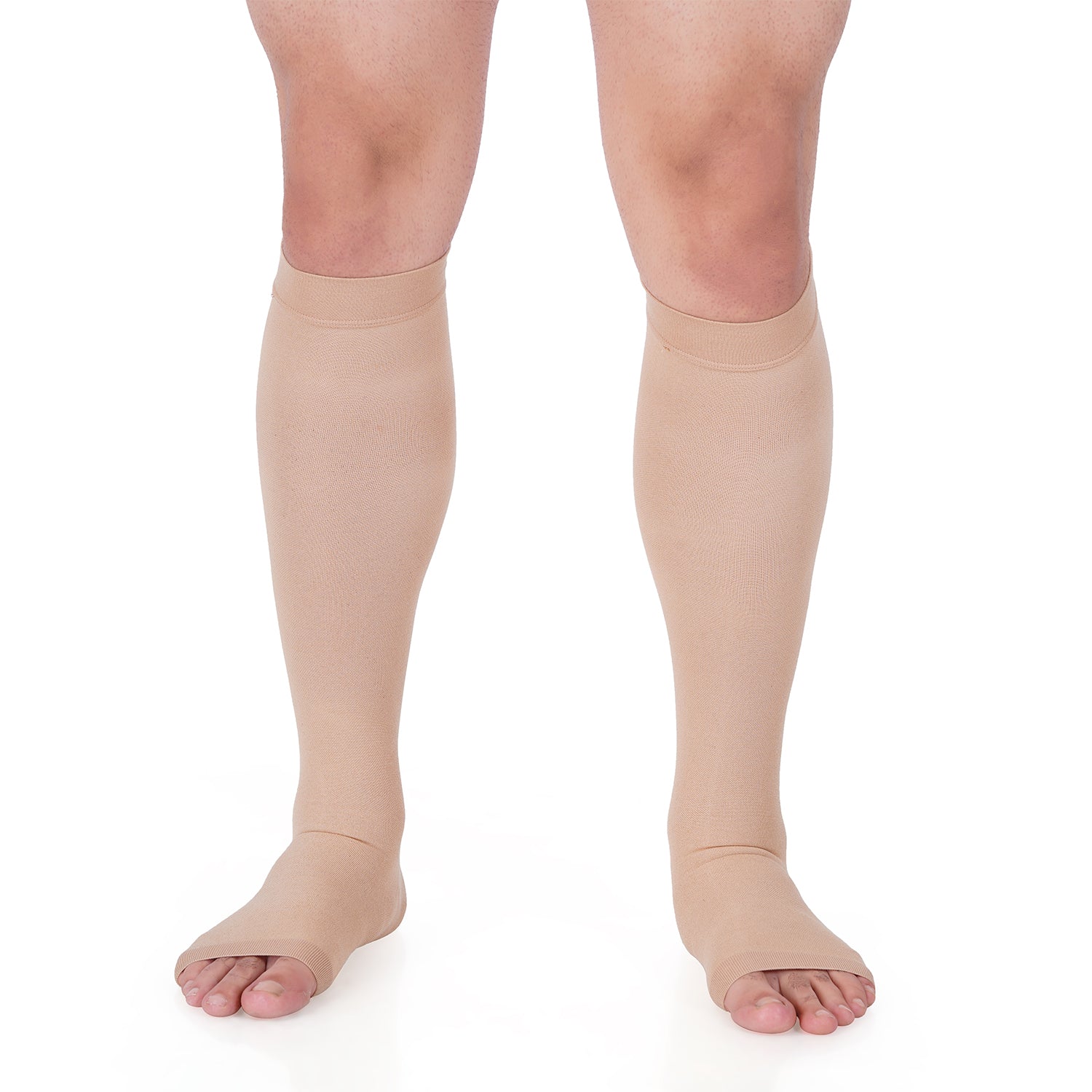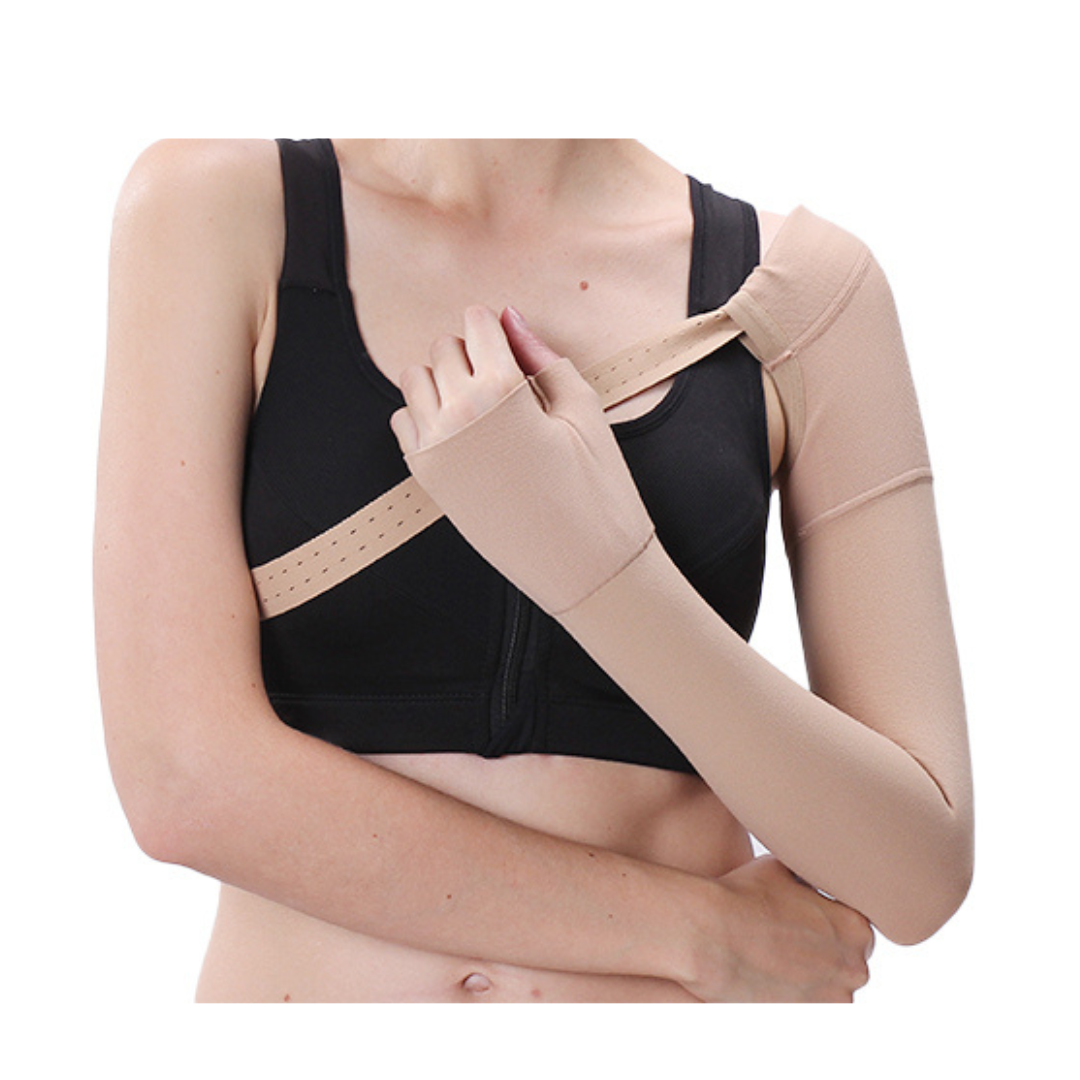Introduction
Varicose veins can be a source of discomfort and concern for many individuals. Fortunately, there are effective strategies for managing varicose veins and promoting leg health. In this comprehensive guide, we will explore various methods, lifestyle changes, and treatments that can help you take control of varicose veins. From self-care practices to medical interventions, discover the best approaches to managing varicose veins and improving your overall well-being.
Understanding Varicose Veins
Varicose veins are enlarged, twisted veins that usually appear in the legs. They occur when the valves within the veins become weakened or damaged, leading to poor blood flow and accumulation of blood. Varicose veins can cause symptoms such as pain, swelling, heaviness, and aching in the legs. It is important to manage varicose veins to prevent complications and alleviate discomfort.
Self-Care Practices
-
Regular Exercise: Engaging in physical activity promotes blood circulation and strengthens the leg muscles. Focus on exercises that target the legs, such as walking, cycling, swimming, or low-impact aerobics. Consult with a healthcare professional for personalized exercise recommendations.
-
Leg Elevation: Elevating your legs above heart level for short periods can help reduce swelling and alleviate discomfort. Whenever possible, prop your legs up on a pillow or a raised surface.
-
Healthy Weight Management: Maintaining a healthy weight can alleviate the pressure on your legs and reduce the strain on your veins. Follow a balanced diet, rich in fruits, vegetables, whole grains, and lean proteins, and consult with a healthcare professional for personalized dietary guidance.
-
Avoid Prolonged Sitting or Standing: If your job requires prolonged sitting or standing, take breaks to move around and stretch your legs. Change your position frequently to promote blood circulation.
-
Compression Stockings: Consider wearing compression stockings, which provide graduated pressure to support the veins and promote better blood flow. Consult with a healthcare professional to determine the most suitable compression level and size for your needs.
Lifestyle Changes
-
Healthy Diet: Adopting a diet rich in fiber, antioxidants, and essential nutrients can support overall cardiovascular health. Include foods such as berries, leafy greens, nuts, and fatty fish in your diet. Limit your intake of processed foods, saturated fats, and excess salt.
-
Hydration: Drink an adequate amount of water daily to maintain hydration and support healthy blood flow. Staying hydrated can help prevent blood from thickening and promote smoother circulation.
-
Smoking Cessation: Smoking negatively affects blood circulation and can worsen the symptoms of varicose veins. Quitting smoking not only benefits your leg health but also improves your overall well-being.
-
Avoid Tight Clothing: Restrictive clothing, especially around the waist, groin, and legs, can impede blood flow and exacerbate varicose veins. Opt for loose-fitting, comfortable clothing that allows for unrestricted circulation.
Medical Interventions
-
Sclerotherapy: This minimally invasive procedure involves injecting a solution into the affected veins, causing them to collapse and fade over time. Sclerotherapy is commonly used for smaller varicose veins and spider veins.
-
Endovenous Laser Treatment (EVLT): EVLT uses laser energy to close off and seal the affected veins. It is a popular choice for larger varicose veins and offers shorter recovery time compared to traditional surgery.
-
Ambulatory Phlebectomy: This surgical procedure involves making small incisions to remove the affected veins. It is typically used for larger varicose veins that are close to the surface of the skin.
-
Endovenous Radiofrequency Ablation (RFA): RFA uses radiofrequency energy to heat and close off the affected veins. It is a minimally invasive procedure that offers a shorter recovery period compared to traditional surgery.
Conclusion
Managing varicose veins requires a comprehensive approach that combines self-care practices, lifestyle changes, and, in some cases, medical interventions. By incorporating regular exercise, self-care practices, adopting a healthy lifestyle, and seeking appropriate medical treatments, you can effectively manage varicose veins and improve your leg health. Remember to consult with a healthcare professional for personalized guidance and recommendations. Take control of your varicose veins and embrace a healthier, more comfortable life.












